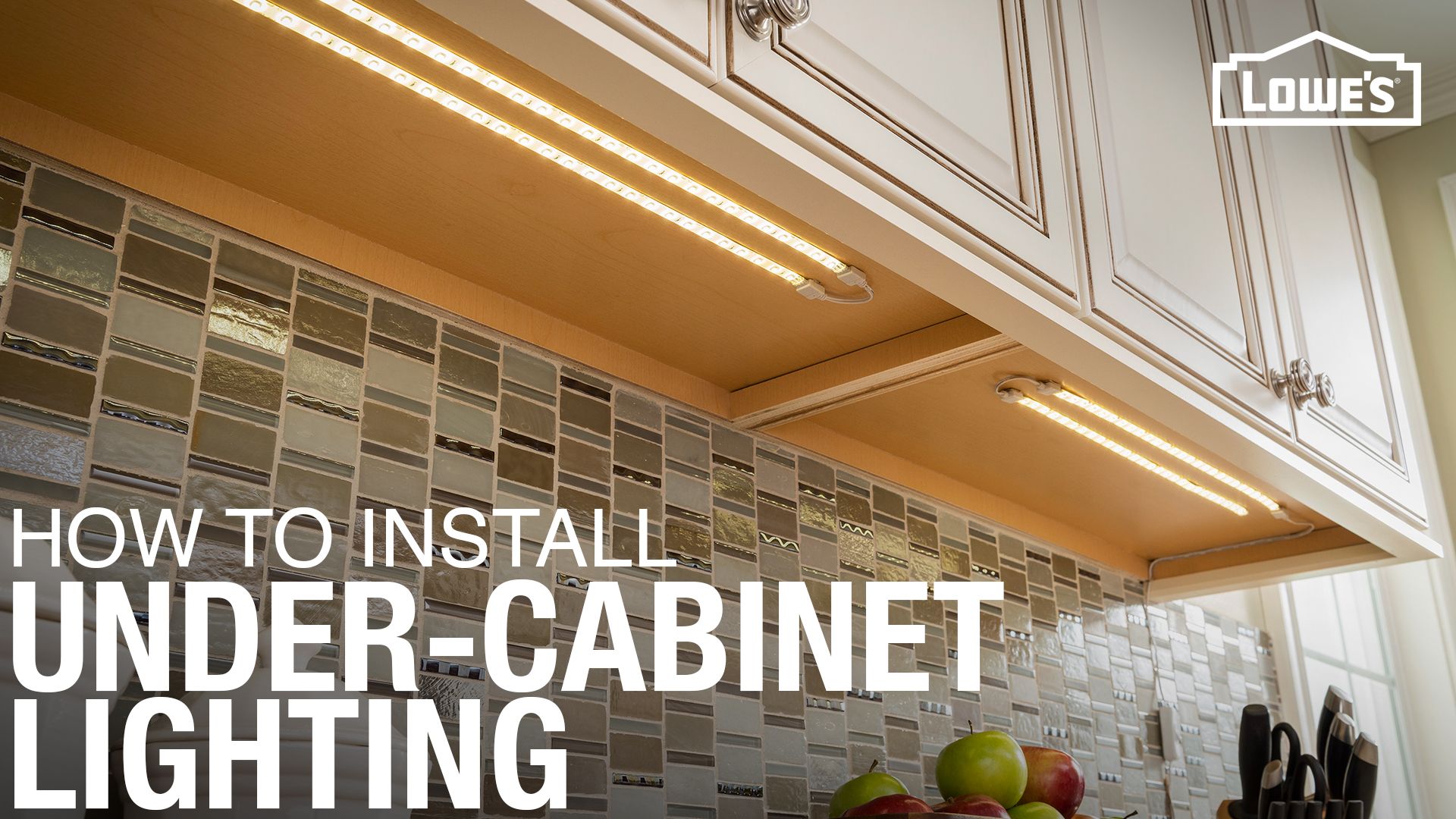Understanding Low Voltage Wire for Under Cabinet Lighting

Low voltage wire is a popular choice for under cabinet lighting due to its safety and flexibility. Unlike standard household wiring, low voltage wire operates at a lower voltage, reducing the risk of electrical shock and making it easier to install.
Low Voltage Wire Benefits
Low voltage wire offers several advantages for under cabinet lighting, making it a preferred choice for many homeowners and DIY enthusiasts.
- Enhanced Safety: Low voltage wire operates at a significantly lower voltage than standard household wiring, reducing the risk of electrical shock. This makes it a safer option for under cabinet lighting, especially in kitchens and bathrooms where moisture and spills are common.
- Flexibility in Installation: The smaller size and lower voltage of low voltage wire make it easier to install and route around obstacles. This flexibility allows for more creative lighting designs and placement options.
- Cost-Effective: Low voltage wire is generally more affordable than standard household wiring, making it a budget-friendly option for under cabinet lighting projects.
- Dimming Capabilities: Low voltage systems are compatible with dimming switches, allowing you to adjust the brightness of your under cabinet lighting to suit your needs.
Types of Low Voltage Wire
Low voltage wire is available in different voltage ratings, each with its own advantages and applications.
- 12V Wire: 12V wire is the most common type of low voltage wire used for under cabinet lighting. It offers a good balance of brightness and efficiency, making it suitable for most applications. 12V wire is often used with LED strip lights, which are energy-efficient and provide bright illumination.
- 24V Wire: 24V wire is typically used for larger lighting systems or those requiring higher power output. It offers increased brightness and can handle higher amperage, making it suitable for applications like under cabinet lighting in commercial kitchens or large pantries.
Safety Considerations
While low voltage wire is generally safe, it’s important to follow proper safety procedures when working with electrical wiring.
- Always Disconnect Power: Before working with any electrical wiring, always disconnect power to the circuit to prevent electrical shock.
- Use Proper Tools: Use insulated tools and wire strippers specifically designed for low voltage wire to prevent damage and ensure safe handling.
- Grounding: Ensure that the low voltage system is properly grounded to prevent electrical shock and potential damage to the wiring.
- Ventilation: When using low voltage transformers, ensure proper ventilation to prevent overheating and potential fire hazards.
Choosing the Right Wire Gauge and Length: Low Voltage Wire For Under Cabinet Lighting

Choosing the right wire gauge and length for your under-cabinet lighting is crucial for ensuring optimal performance and longevity. The wire gauge determines the amount of current it can safely carry, while the length affects the voltage drop, which can impact the brightness of your lights.
Wire Gauge, Low voltage wire for under cabinet lighting
The wire gauge, often represented by a number like 18 AWG or 14 AWG, determines the thickness of the wire. A lower gauge number indicates a thicker wire, which can carry more current. The wattage of your under-cabinet lights, the distance from the power source, and the voltage drop all influence the choice of wire gauge.
The higher the wattage of your lights, the thicker the wire you’ll need.
The longer the distance from the power source, the thicker the wire you’ll need to minimize voltage drop.
Voltage drop is the decrease in voltage as electricity travels through a wire. A higher voltage drop can result in dimmer lights.
- For under-cabinet lighting, a common wire gauge is 18 AWG. This gauge is suitable for most applications, including LED strips that typically consume less power.
- If you have a high-wattage lighting system or a long run, consider using a thicker wire, such as 16 AWG or 14 AWG. This will minimize voltage drop and ensure your lights operate at full brightness.
Wire Length
The length of your wire is determined by the distance between the power source and the under-cabinet lighting fixtures. To avoid excessive voltage drop, it’s important to choose the appropriate wire length.
- If you’re using a standard 120-volt circuit, you can safely run 18 AWG wire for up to 50 feet. Beyond that, you may experience significant voltage drop.
- For longer runs, consider using a thicker wire or running a dedicated circuit from your electrical panel.
Minimizing Voltage Drop
To minimize voltage drop and ensure optimal lighting performance, consider these practical tips:
- Use the appropriate wire gauge based on the wattage of your lights and the distance from the power source.
- Avoid using long runs of wire. If possible, connect your lighting fixtures to a nearby power outlet.
- Consider using a voltage drop calculator to determine the appropriate wire gauge and length for your specific application.
